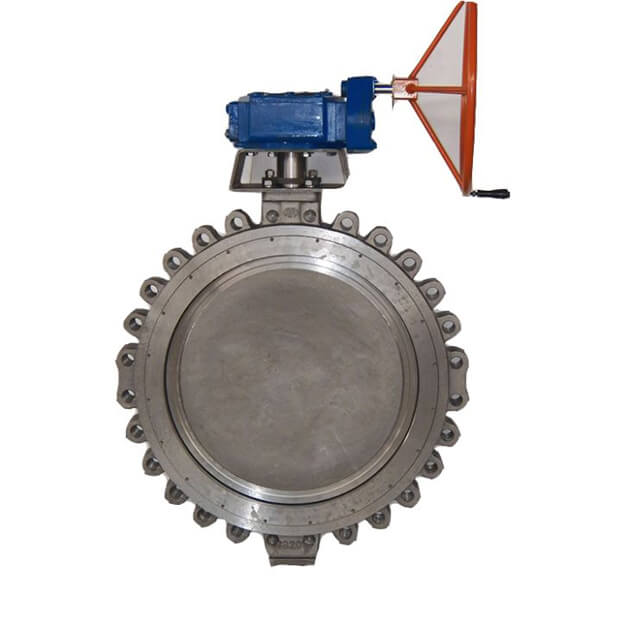Instrumentation that performs at a level well above average Hastelloy provides valves with remarkable resistance to a wide range of acids, which makes these valves quite desirable. Hastelloy Ball Valves, for instance, are resistant to several acids, including sulfuric, hydrochloric, hydrofluoric, and nitric acid. These valves also have the potential to be resistant to chromic acid, which is another chemical. Even more advantageous is the strong resistance to corrosion in limited locations that the Hastelloy Ball Valve has.
Benefits
- Even a limited bore ball valve has a relatively low flow resistance due to the hand ball valve’s small size.
- Effective sealing. Sealing force of the ball valve increases with the rise in media pressure, and the seat of the manually controlled valve is often composed of PTFE and other elastic materials, making seal assurance simple.
- There is no need to worry about the valve stem seal breaking. Because the stem of a ball valve only rotates by 90 degrees when opened and closed, its packing seal is not easily broken, and the sealing power of its inverted seal grows in proportion to the pressure of the medium passing through it.
- Ball valves may be fitted with electric, pneumatic, hydraulic, and other similar devices to provide for simple automated control and remote control of the opening and shutting of the valve.
-
| Product |
Body Material |
Trim Material |
Seat |
Size |
| Hastelloy Ball Valve |
Hastelloy B(N-12MV,N-7M),Hastelloy C(CW-12MW)Hastelloy C276(CW-6MC),Hastelloy C4,Hastelloy G30 |
NPS1/2″-8″ |
| Titanium Ball Valve |
TA1,TA2,TA10,TC4,Gr2,Gr3,Gr5 |
TA1,TA2,TA10TC4,Gr2,Gr3,Gr5 |
PTFE,PPL |
NPS1/2″-24″ |







